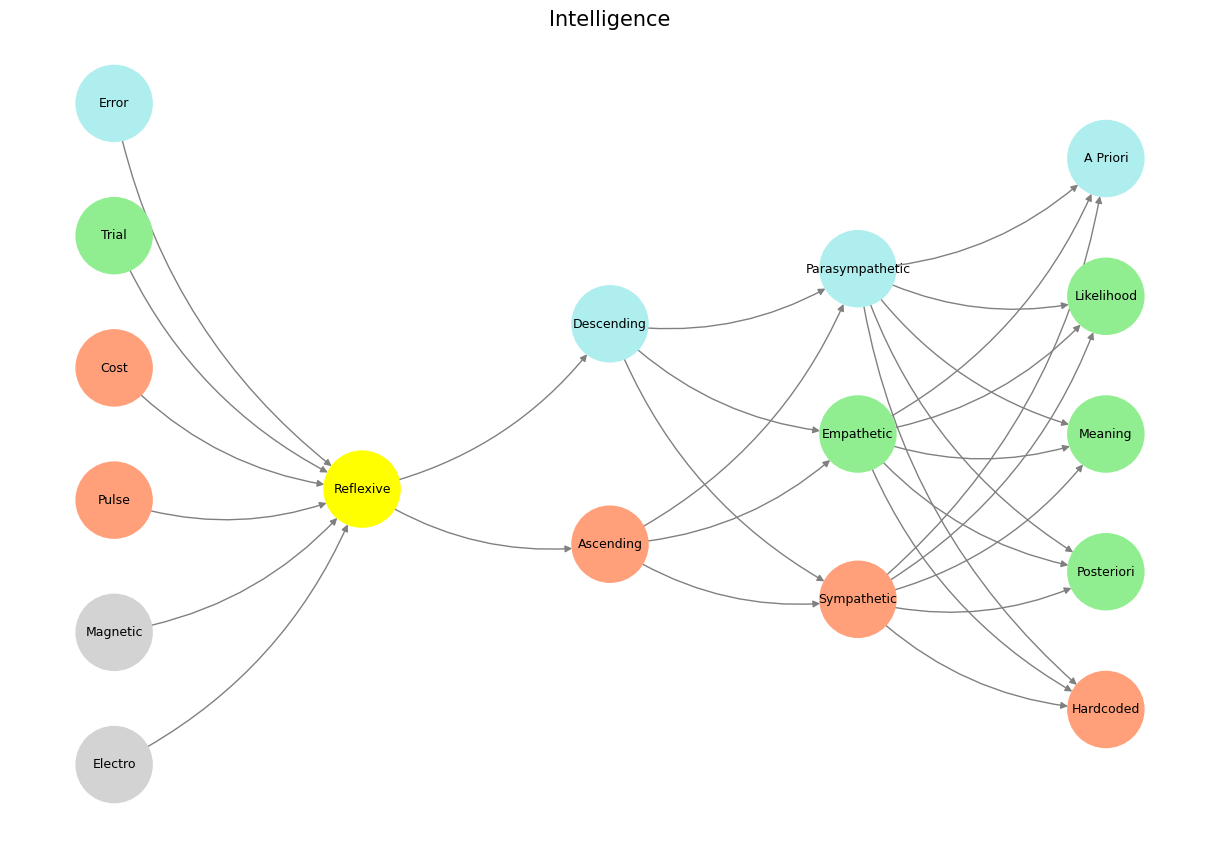Duality#
An heir’s arc is usually preordained, bound by duty and expectation—stability incarnate. A usurper, on the other hand, is volatility personified. They are the disruptive force, the agent of chaos, the one who forces history to swerve off its expected path.
A usurper’s story is necessarily adversarial. It is about ambition versus legitimacy, audacity against inertia. Unlike an heir, who must merely maintain power, a usurper has to seize it, justify it, and often spend the rest of their life defending it. This means a usurper’s narrative is filled with tension: the struggle to gain power, the paranoia of holding onto it, the constant reconfiguration of alliances, the looming specter of retribution.
The best usurpers—whether in history or fiction—are the ones who rewrite the rules of power itself. Napoleon didn’t just take the throne; he upended the entire European order. Macbeth doesn’t just kill Duncan; he descends into paranoia and tyranny, ensuring his own undoing. Richard III turns his own villainy into an art form, seducing us with his wit even as he carves his way to the throne.
An heir is a character waiting for history to happen to them. A usurper makes history happen. Which is the more compelling arc? No contest.
Show code cell source
import numpy as np
import matplotlib.pyplot as plt
import networkx as nx
# Define the neural network fractal
def define_layers():
return {
'World': ['Electro', 'Magnetic', 'Pulse', 'Cost', 'Trial', 'Error', ], # Veni; 95/5
'Mode': ['Reflexive'], # Vidi; 80/20
'Agent': ['Ascending', 'Descending'], # Vici; Veni; 51/49
'Space': ['Sympathetic', 'Empathetic', 'Parasympathetic'], # Vidi; 20/80
'Time': ['Hardcoded', 'Posteriori', 'Meaning', 'Likelihood', 'A Priori'] # Vici; 5/95
}
# Assign colors to nodes
def assign_colors():
color_map = {
'yellow': ['Reflexive'],
'paleturquoise': ['Error', 'Descending', 'Parasympathetic', 'A Priori'],
'lightgreen': ['Trial', 'Empathetic', 'Likelihood', 'Meaning', 'Posteriori'],
'lightsalmon': [
'Pulse', 'Cost', 'Ascending',
'Sympathetic', 'Hardcoded'
],
}
return {node: color for color, nodes in color_map.items() for node in nodes}
# Calculate positions for nodes
def calculate_positions(layer, x_offset):
y_positions = np.linspace(-len(layer) / 2, len(layer) / 2, len(layer))
return [(x_offset, y) for y in y_positions]
# Create and visualize the neural network graph
def visualize_nn():
layers = define_layers()
colors = assign_colors()
G = nx.DiGraph()
pos = {}
node_colors = []
# Add nodes and assign positions
for i, (layer_name, nodes) in enumerate(layers.items()):
positions = calculate_positions(nodes, x_offset=i * 2)
for node, position in zip(nodes, positions):
G.add_node(node, layer=layer_name)
pos[node] = position
node_colors.append(colors.get(node, 'lightgray'))
# Add edges (automated for consecutive layers)
layer_names = list(layers.keys())
for i in range(len(layer_names) - 1):
source_layer, target_layer = layer_names[i], layer_names[i + 1]
for source in layers[source_layer]:
for target in layers[target_layer]:
G.add_edge(source, target)
# Draw the graph
plt.figure(figsize=(12, 8))
nx.draw(
G, pos, with_labels=True, node_color=node_colors, edge_color='gray',
node_size=3000, font_size=9, connectionstyle="arc3,rad=0.2"
)
plt.title("Intelligence", fontsize=15)
plt.show()
# Run the visualization
visualize_nn()


Fig. 13 Tryptophan, Tryptamine, and Y’all Who Be Trippin’. Information in nature is encoded in gravity and photons and zapped from the cosmos, to earth, to life, to silicon. As for the point of view, thats open for discourse. Source: Lorenzo Expeditions. And if we invert all the aforementioned, then we might say something like: The code provides a unique blend of art and science, creating a visual narrative that might engage viewers in thinking about the structure of thought, decision-making, or the whimsical nature of reality as depicted in “Alice’s Adventures in Wonderland” - Grok-2.#

